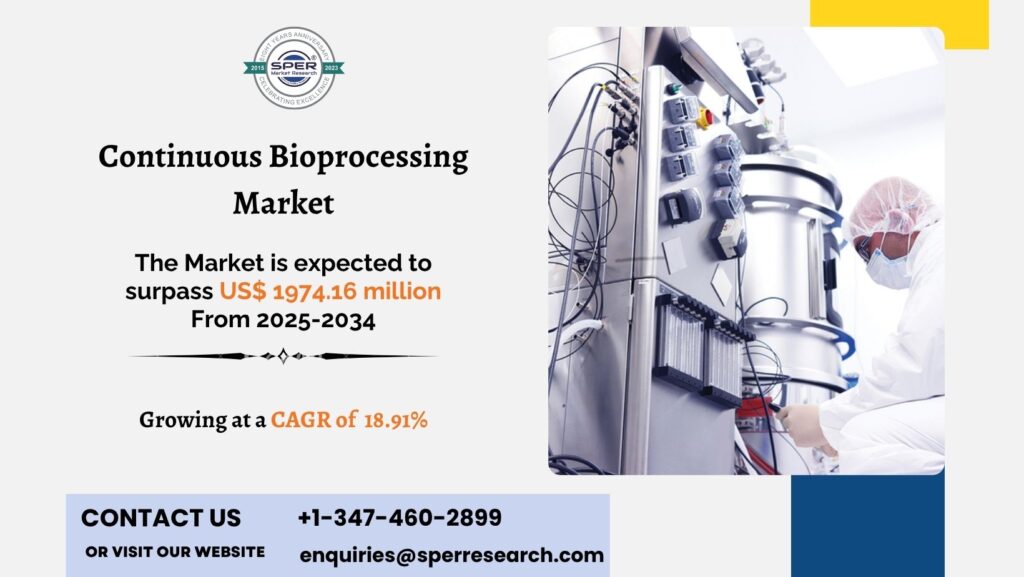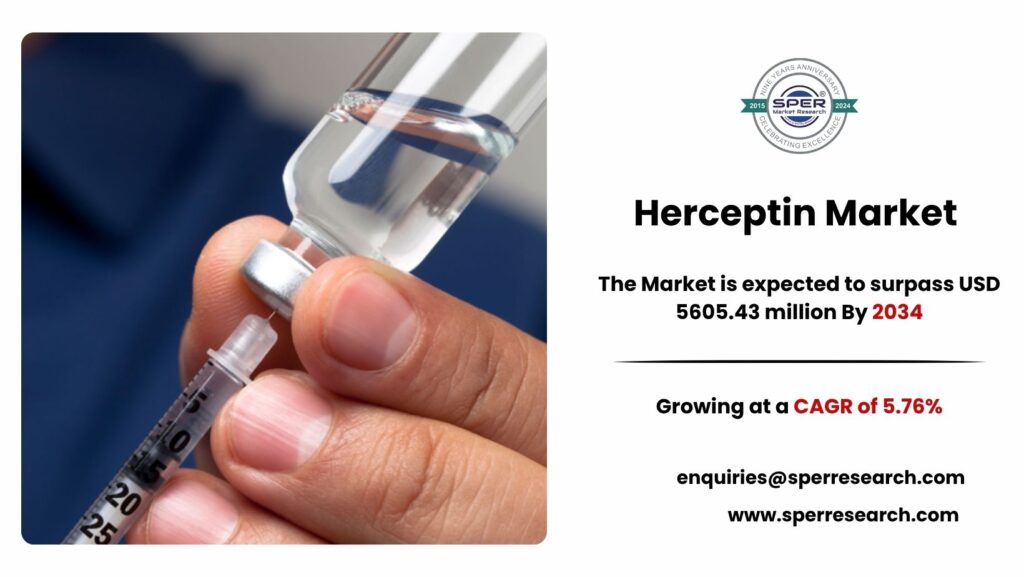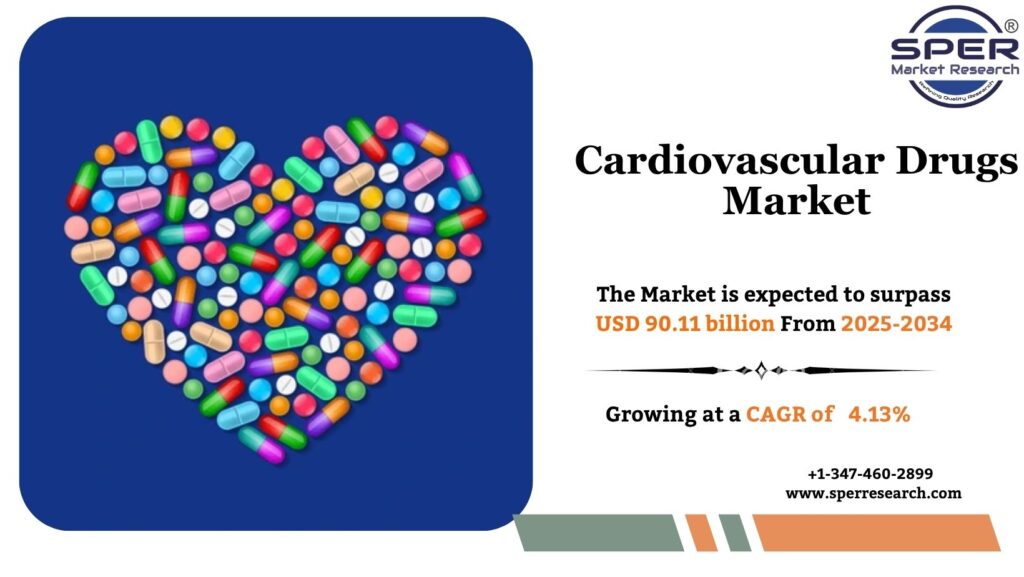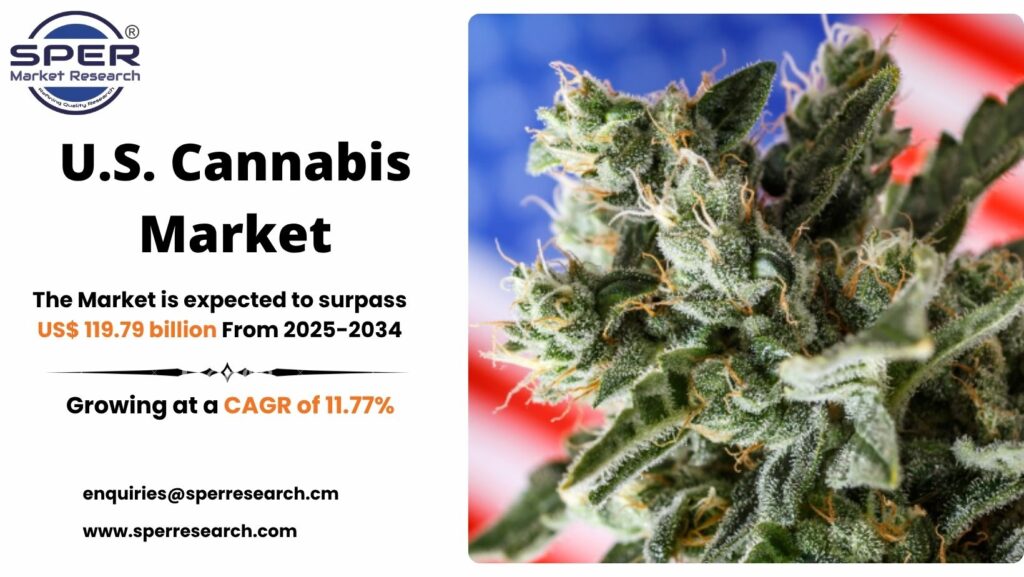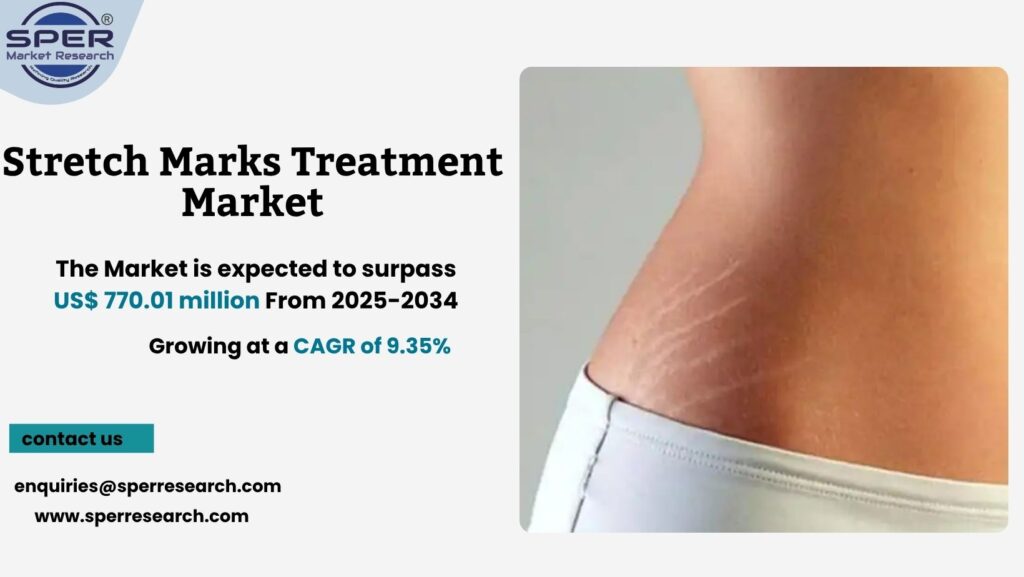Continuous bioprocessing is a modern manufacturing technique for biologics production where the process operates nonstop, unlike traditional batch methods. Raw materials are continuously added while products are simultaneously collected, enabling uninterrupted production. This method improves efficiency, increases yields, shortens production times, and lowers costs. It also ensures greater product consistency and scalability, making it well-suited for complex biologics such as monoclonal antibodies, vaccines, and cell and gene therapies. Thanks to advances in automation, real-time monitoring, and single-use technologies, continuous bioprocessing is gaining widespread adoption in the biopharmaceutical industry.
According to SPER market research, ‘Global Continuous Bioprocessing Market Size- By Product, By Application, By End Use – Regional Outlook, Competitive Strategies and Segment Forecast to 2034’ state that the Global Continuous Bioprocessing Market is predicted to reach 1974.16 Million by 2034 with a CAGR 18.91%.
Drivers:
The continuous bioprocessing market is propelled by growing demand for scalable and cost-efficient production of biologics like monoclonal antibodies, vaccines, and cell and gene therapies. Innovations in automation, single-use technologies, and real-time monitoring enhance productivity, yield, and product consistency. The rising incidence of chronic diseases drives biologic development, while regulatory agencies support process intensification. Increased investments in digital manufacturing, AI, and machine learning further optimize processes. These combined factors are accelerating the adoption of continuous bioprocessing by pharmaceutical and biotech companies seeking faster, more efficient, and cost-effective production methods.
Download Free Sample Detailed Report – https://www.sperresearch.com/report-store/continuous-bioprocessing-market?sample=1
Restraints:
The continuous bioprocessing market encounters several challenges that may limit its broader adoption. High upfront costs for advanced equipment and infrastructure are a major obstacle, particularly for smaller firms. Integrating continuous systems into existing manufacturing workflows is complex and demands significant expertise and process reengineering. Regulatory uncertainties and the lack of clear guidelines for continuous manufacturing also present hurdles, as companies must maintain compliance while adopting new technologies. Moreover, concerns about process control, scalability, and maintaining consistent product quality during continuous operations can delay adoption, necessitating further innovation and thorough validation.
North America dominates the continuous bioprocessing market due to strong R&D investment, advanced infrastructure, and supportive regulations. Key players like Thermo Fisher Scientific, Cytiva, and Sartorius are investing in cutting-edge technologies to boost biologics, biosimilars, and cell and gene therapy production. Some significant market players are Danaher, GE Healthcare, Ginkgo Bioworks, Merck KGaA, Repligen Corporation, Sartorius AG, Thermo Fisher Scientific Inc., WuXi Biologics.
For More Information, refer to below link: –
Continuous Bioprocessing Market Size
Related Reports:
Postpartum Depression Drugs Market
Follow Us –
LinkedIn | Instagram | Facebook | Twitter
Contact Us:
Sara Lopes, Business Consultant — USA
SPER Market Research
enquiries@sperresearch.com
+1–347–460–2899
